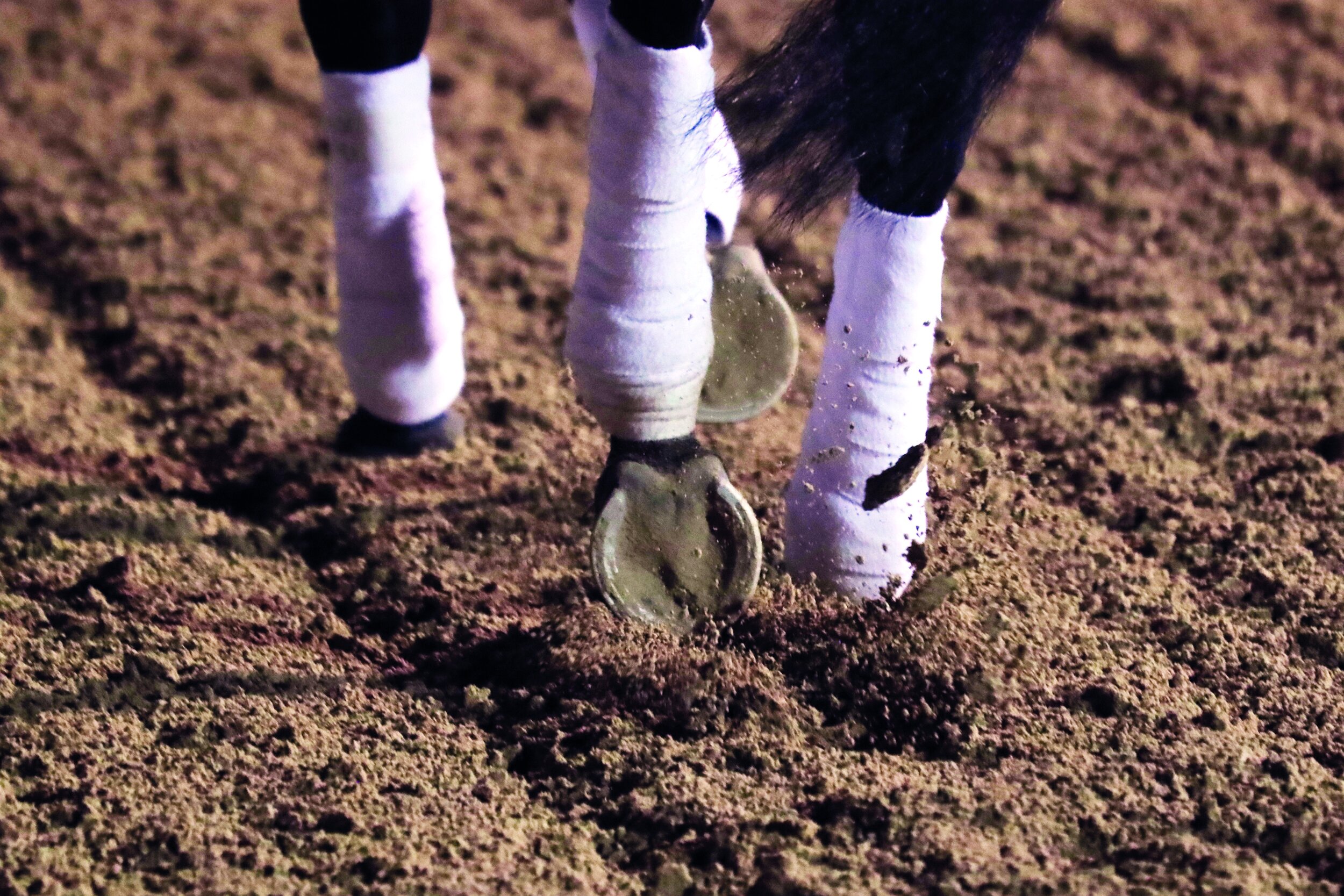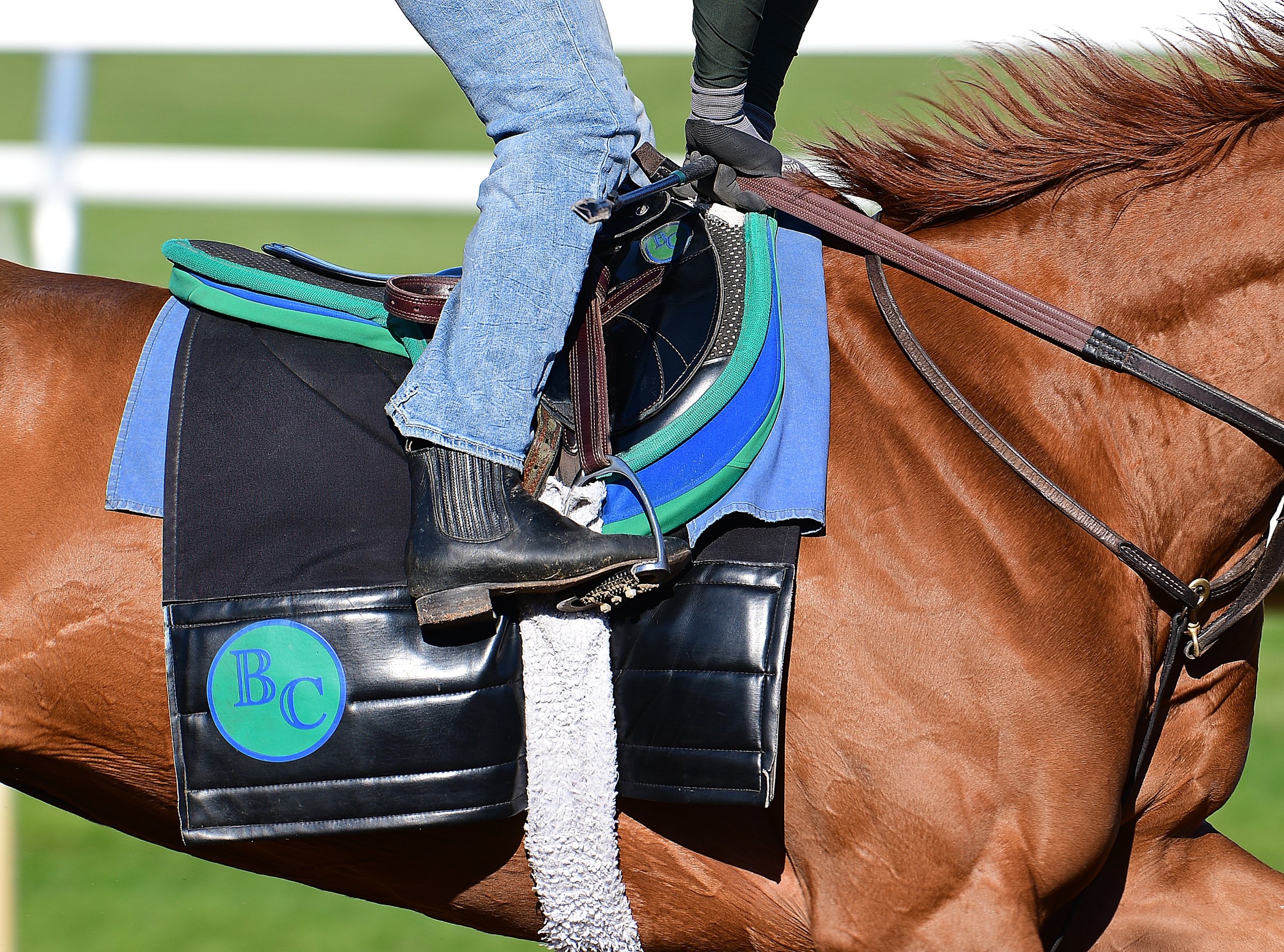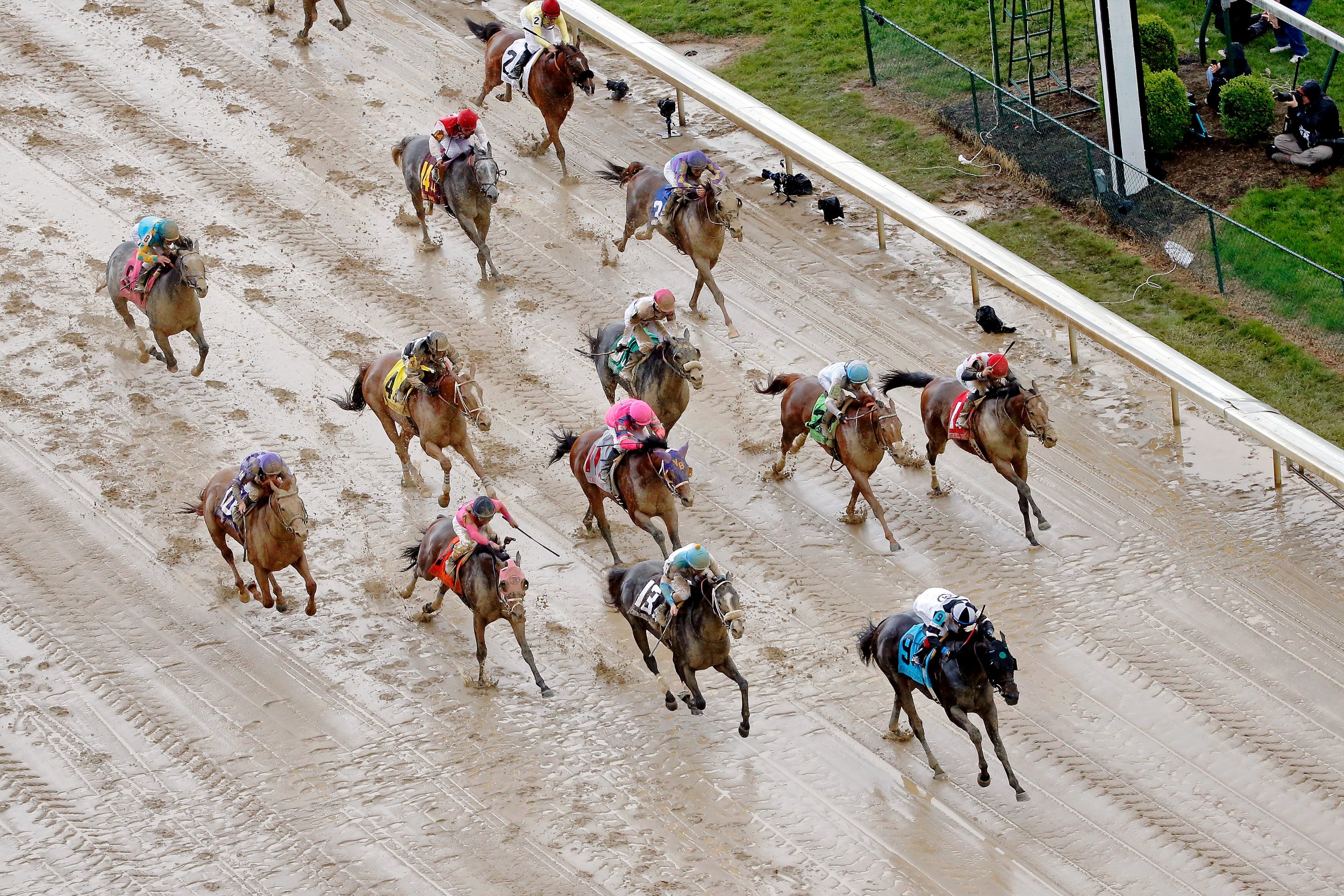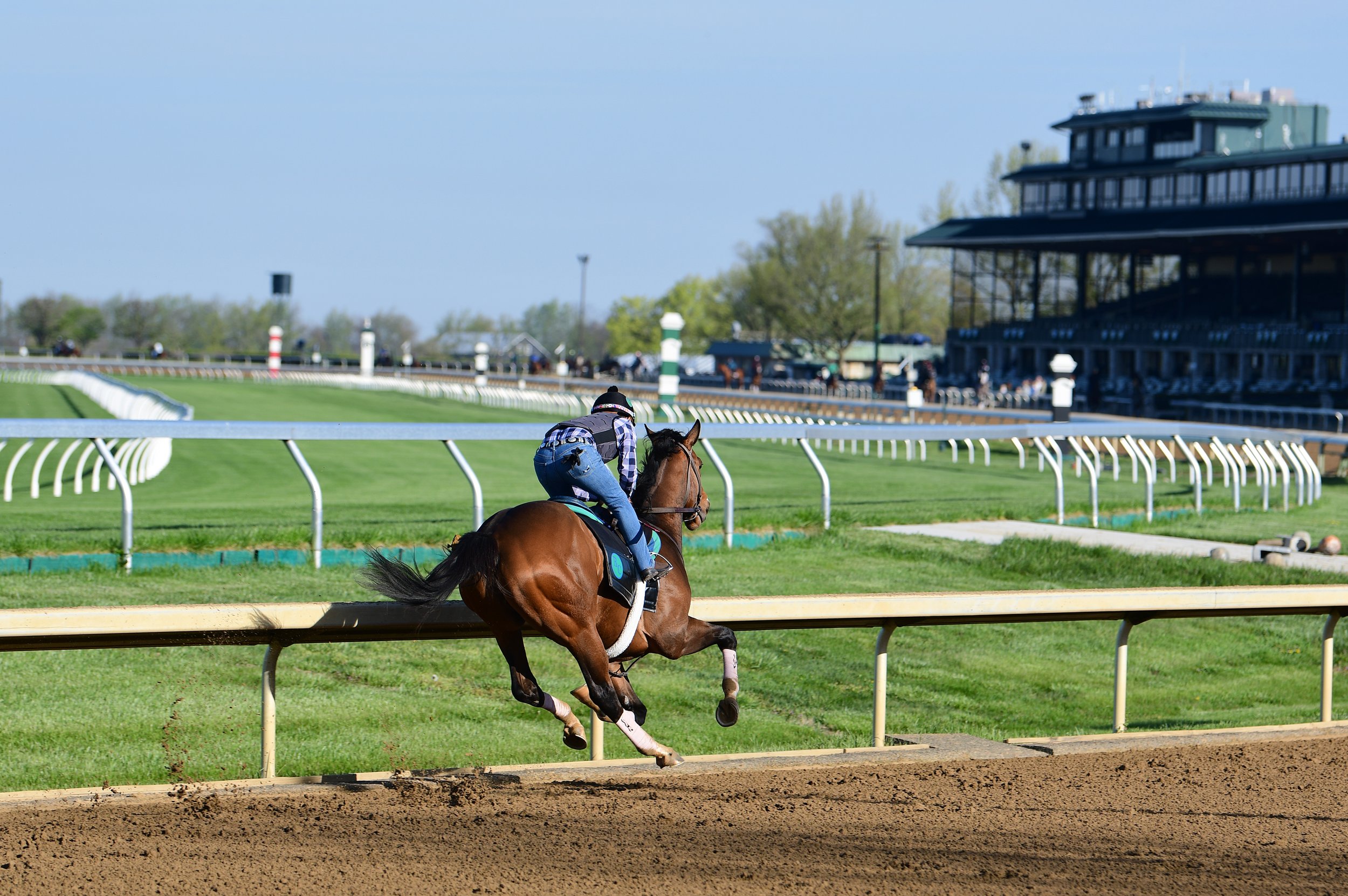Why HISA matters - A farrier's perspective
/Article by Mark Hickcox CF
I wrote the following article titled “Why HISA Matters” for the February/March 2023 issue of No Foot, No Horse, the American Farrier’s Association newsletter magazine. This is one farrier’s perspective of HISA shoeing regulations written to other farriers. The majority of AFA members do not plate racehorses exclusively, but might hear about HISA horseshoe regulations and have questions regarding the effect on the farrier industry. The raceplater farriers are well aware of the effects and confusion surrounding HISA shoeing regulations and are doing their best to stay up to date with the track-specific rules and enforcement that are vastly differing from state to state. Track stewards and paddock blacksmiths have been given no HISA-specific measurement training, updated enforcement guidelines, or detailed specifications other than the non-enforcement on dirt announcement on July 29, 2022.
Farrier industry or racetrack jargon regarding traction devices and shoe modifications can be confusing and subjective even among a group of farriers. Here’s the scenario: HISA and a group of horsemen are making a decision on a toe grab length that may vary less than the thickness of a dime, based on studies that have never been conducted because the shoe to test this toe grab hasn’t been manufactured, nor can they recognize a front shoe from a hind shoe, this does not set them up for success. The farrier industry is willing to be the experts in the room for such an occasion but weren’t invited for a collective comment until the regulations were well over 6 months old.
In 2023, it seems that HISA has bigger fish to fry, and legal rulings will take precedence over a horseshoe regulation specifications guide or clarification of the process of enforcement, in general. So, when will we see the non-enforcement announcement rescinded? We don’t know. Will the farrier industry be consulted in advance of the next decision to make sure that the shoes being specified will exist this time? We don’t know. Who, what, when, where, and how will enforcement happen at each racetrack and training facility? We don’t know. Are the rumors of new types of injuries due to a lack of traction? We don’t know.
I have to believe that HISA administration will decide that they should speak with and listen to the Farrier Industry Association; the members include: the farriers, the companies that make the horseshoes, and the supply houses that stock and sell them to the farriers. After all, the title of the AFA magazine should remind them that it’s No Foot, No Horse.
WHY HISA MATTERS
You may have heard from a raceplater friend or seen a post somewhere about new shoeing regulations for Thoroughbred horse racing in the U.S. Most farriers would say it doesn’t affect them because they don’t work on race horses. True, the new law won’t change how most farriers shoe horses today. The new law may have a far greater reach however, by introducing government regulations to farriers and the farrier industry.
United States farriers are a pretty self-regulating bunch of individuals historically. Our education, certification, and proficiency under the horse are not something that is mandated to be a farrier. Whether it’s your full-time career or a skill that you possess to make some extra money, your business is your business. Other countries have laws that govern farriery, and you cannot apply a device to a horse’s hoof without attaining qualified farrier credentials. These regulations are always created for protecting horse welfare and come with a price for someone seeking qualified farrier status. This article is not meant to argue the merits of qualification, certification, education, continuing education, etc. Opinions vary, and agreement is not necessary in regards to HISA, but HISA is a law that does reach into the farrier industry nonetheless.
HISA is the acronym for the Horseracing Integrity and Safety Authority, and it was created when the Horseracing Integrity and Safety Act was signed into law in 2020.
“HISA is responsible for drafting and enforcing uniform safety and integrity rules in thoroughbred racing in the U.S. Overseen by the Federal Trade Commission (FTC), HISA was created to implement, for the first time, a national, uniform set of rules applicable to every thoroughbred racing participant and racetrack facility. HISA is comprised of two programs: the Racetrack Safety Program, which goes into effect July 1, 2022, and the Anti-Doping and Medication Control (ADMC) Program, which will go into effect in January 2023.”
“The Racetrack Safety Program includes operational safety rules and national racetrack accreditation standards that seek to enhance equine welfare and minimize equine and jockey injury. The Program will expand veterinary oversight, impose surface maintenance and testing requirements, enhance jockey safety, regulate riding crop use, and implement voided claim rules, among other important measures.”
Most often, horseshoers are the first to notice an issue with a horse’s health that may need veterinary intervention. We are horse men and women that care about an animal’s well-being when they are in our care. We can be held liable for issues related to our services and can keep horse owners up to date with best practices regarding the care of their horse. The service that farriers provide can be life changing, with regard to soundness, and life-saving, with regard to lameness, in many instances. This role is sometimes overlooked by the outside world because we “just shoe horses.” Our products and services can be lumped into a commodity purchase of goods and a service.
Unfortunately for HISA, implementation of the new shoeing regulation has demonstrated that the farrier industry (as a whole) is large, diverse, and multi-faceted just like other industries in our country. We have farriers as the end-user of products purchased from suppliers that are manufactured around the world by many companies that specialize in highly engineered pieces of steel and aluminum. Manufacturing processes require months of planning for raw materials, energy, transportation, labor, packaging, and distribution before a product gets on a supplier’s shelf—in all sizes and shapes necessary. This meant that a shoeing regulation approved by the Federal Trade Commission on March 4, 2022, that affects all racing or training Thoroughbred race horses in the U.S. on July 1, 2022, was idealistic at best. I’m sure that when it was published in the Federal Register on January 5, 2022, it seemed pretty simple.
2276. Horseshoes
(a) Except for full rims 2 millimeters or less from the ground surface of the Horseshoe, traction devices are prohibited on forelimb and hindlimb Horseshoes during racing and training on dirt or synthetic racing tracks.
(b) Traction devices are prohibited on forelimb and hindlimb Horseshoes
(c) Traction devices include but are not limited to rims, toe grabs, bends, jar calks and stickers.
Again, I know that a lot of farriers don’t shoe racehorses. This law will not affect how you shoe horses today, but then I read the following in this magazine:
“Purportedly, bar shoes, pads, glue on shoes, quarter crack patches may only be applied by a covered veterinarian. Those official regulations, however, will come in another phase of the bill.”
This is why we should all care. If the government can pass and implement a law that defines what we can nail on a horse’s hoof in any discipline of equine competition, then it can do it in all of them. This isn’t alarmist rhetoric to start fights or anarchy; it is information to attempt to protect our whole industry: manufacturers, suppliers and farriers. HISA still has legal challenges to clear, enforcement issues to fix, and a newly formed horsemen’s advisory council to blend into the decision-making process. Farriers and other farrier industry professionals should be consulted moving forward because our connection to elite equine athletes is often understated but cannot be ignored. Remember, a lot of folks think that it’s “just shoeing horses.”
How do I stay informed/get involved?
Keep advocating for our industry as a small business owner in your community: Chamber of Commerce member, high school trade fair booth, 4-H or pony club demonstration, equine emergency services volunteer, ag community organizations, etc. Remember, your business is your business!
Stay involved in farrier industry organizations: clinics, contests, certifications, trade shows, supplier’s open house, hammer-ins, virtual education opportunities
Be aware of industry changes/regulations: multi-discipline knowledge, state laws, federal laws, litigation affecting our industry, new products/technology
Grass roots activism: Write an email or a letter to political leaders, start a hoofcare education group for horse owners, improve farrier/vet relations in your coverage area, write an article, publish a yearly farrier newsletter for your clients.
Ride-along days: “The hardest door to open is the passenger side of someone else’s farrier truck.”
Spend one day at a farrier school: Explaining how you do something is a great way to re-evaluate your own work process.
Did you know?
The American Farrier’s Association is a member of the American Horse Council. AHC is the only organization that represents the entire horse industry in Washington, DC.
The American Veterinary Medical Association spent over $860,000 per year since 2017 as their total lobbying expenditure and had 15 paid lobbyists in 2022.
Only 5% of U.S. veterinarians practice on large animals.
In 1978, Ada Gates became the first female farrier to become licensed to shoe Thoroughbred racehorses in the U.S. and Canada.
The International Union of Journeyman Horseshoers (IUJH) was established in the U.S. in 1874 (also known as the Heavy Horse Union).
If you Google “horseshoe regulations,” all results on the first page are about the game.

































